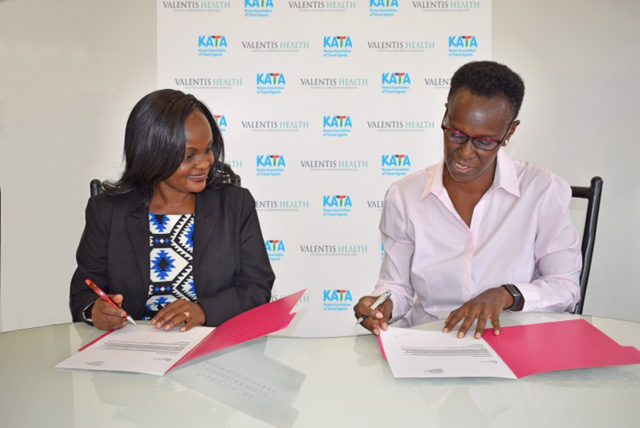Addis Ababa | Ethiopian Airlines has partnered with UNICEF to become its global distributor in the transportation of vaccines and other life-saving supplies. In a statement to the press, Ethiopian committed to prioritize the transportation of the life-saving supplies while ensuring measures such as temperature control, security and freight capacity are adhered to.
This partnership follows the formation of the UNICEF Humanitarian Airfreight Initiative between UNICEF and leading global airlines to support the COVAX Facility, a global solution to the COVID-19 pandemic that ensures participating countries have fair access to vaccines, regardless of their income level.
Mr. Tewolde GebreMariam, Group CEO of Ethiopian Airlines, lauded the partnership as a great move towards ensuring the safe, timely and efficient transportation of life-saving supplies globally, thereby supporting access to essential services for children and families.
That Ethiopian was among the airlines selected by UNICEF comes as no surprise. The African Carrier has been working round the clock since the outbreak of the pandemic to ramp up its cargo capacity and deliver PPEs and other medical supplies around the world.
As countries began placing orders and administering COVID-19 vaccines, the big question that emerged was “who will handle the logistical nightmare that is transportation and distribution of the vaccines especially in Africa?”. But Ethiopian had demonstrated a remarkable agility in its response to the increased cargo demand in the wake of the pandemic.
The Airline reconfigured 25 passenger aircraft into freighters using its own internal MRO capabilities besides deploying all its 12 dedicated cargo aircrafts. By ramping up its cargo handling capacity, Ethiopian became the obvious preferred logistics partner for Africa (with Addis Ababa as its distribution hub) by the Jack Ma foundation, the UN’s World Food Programme (WFP) and the African CDC.
The carrier also operated more than 360 charter flights to transport PPE and other supplies to more than 100 countries across Africa, Europe, US and Asia.
While highlighting its readiness for the distribution of Covid-19 vaccine across Africa and the rest of the world, Ethiopian Cargo and Logistics Services, in November 2020, announced the launch of a cold chain air freight that will be equipped with a temperature control system that monitors the cabin’s temperature in real-time.
So far, almost all vaccine candidates available need ultra-cold temperatures to transport or store.
Ethiopian Airlines has the largest cargo terminal in Africa, with an annual capacity of 1 million tonnes. The facility now comprises of a 54,000sqm Pharma Wing that has been outfitted with compartmentalized cold storage facilities with temperature between -23°C to 25°C. The Pharma Wing also comes with dedicated cool dollies, a dedicated pharma team, and lease/handling for Envirotainer and DoKaSCH-TS containers.
“We have invested heavily in our cargo capabilities and launched a new cold chain cargo transport equipped with simultaneous cabin temperature controlling system to efficiently distribute life-saving supplies across the world and we will discharge the global mission,” said Mr. GebreMariam.
Last month, Ethiopian Airlines Cargo was fated as the Best Cargo Airline in Africa at the 36th Air Cargo News Awards.


